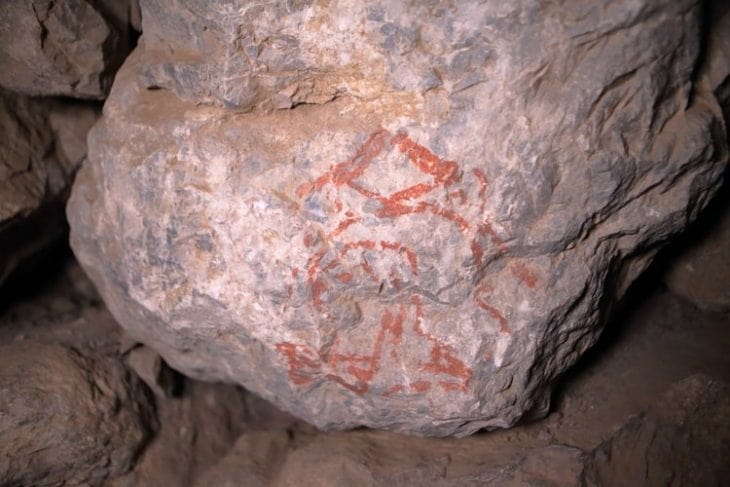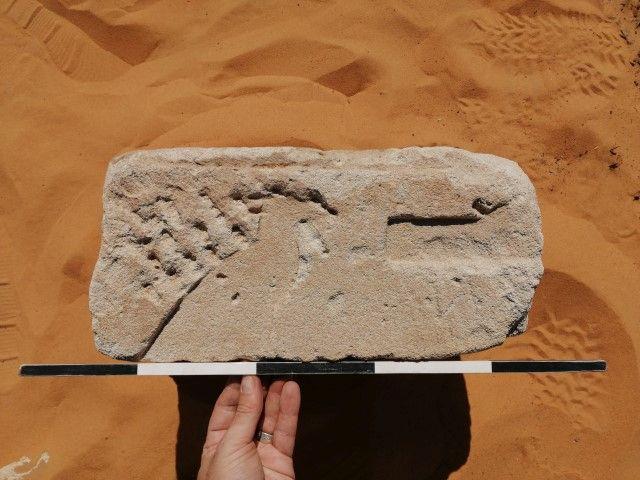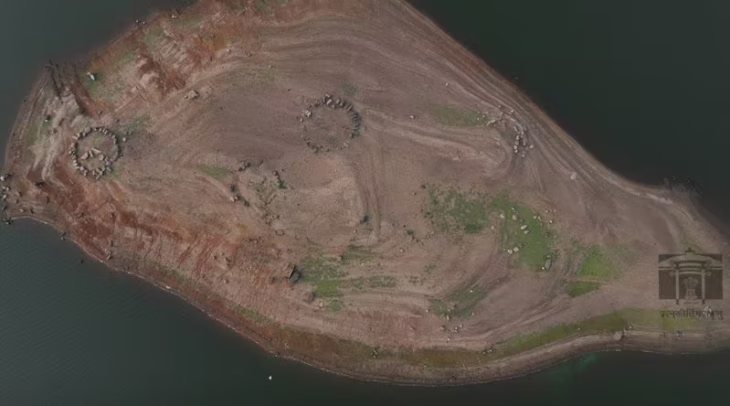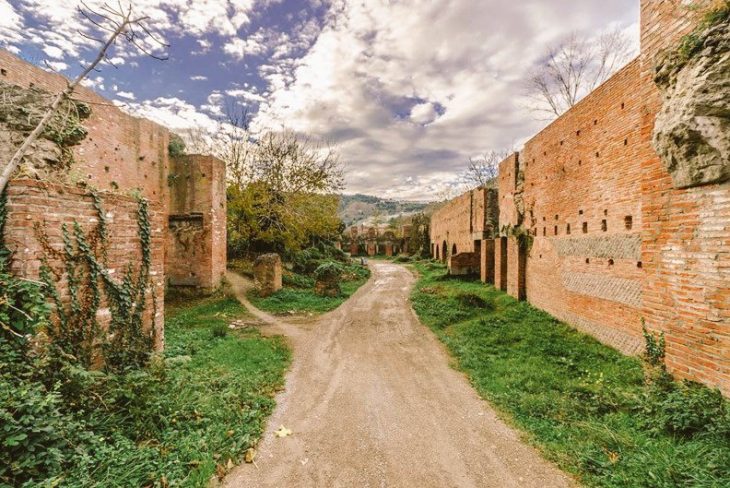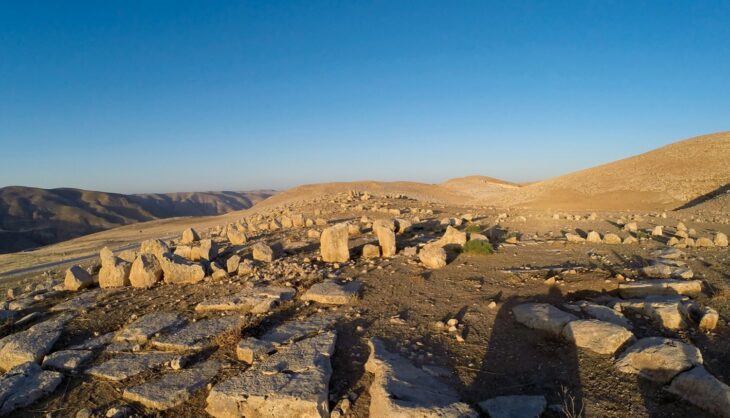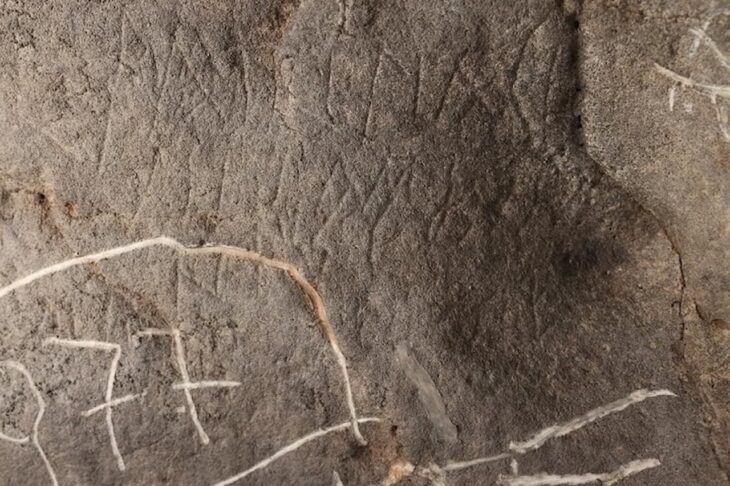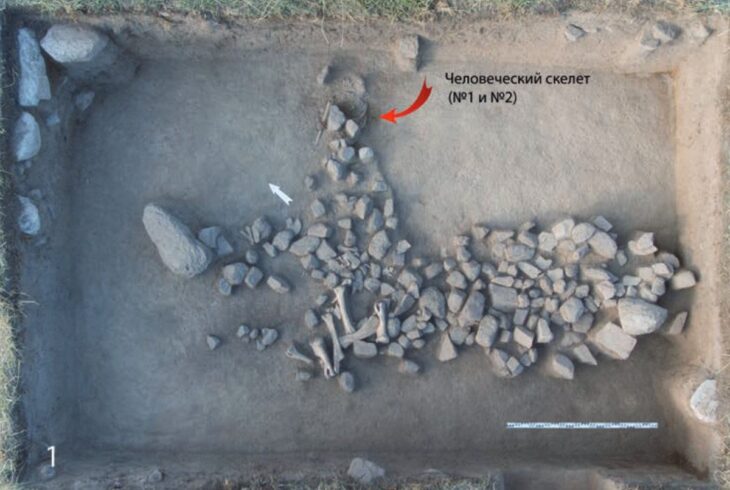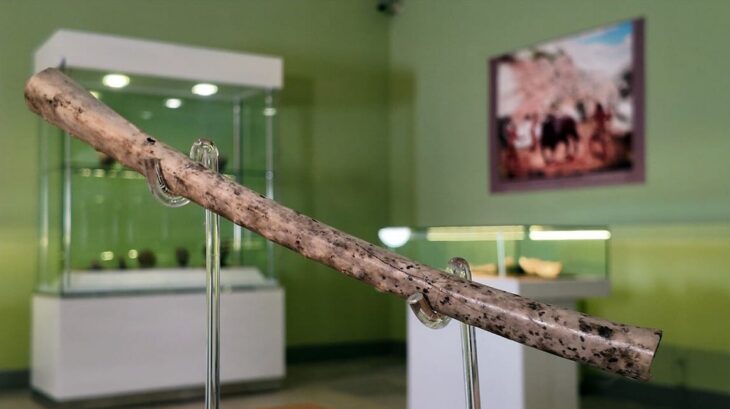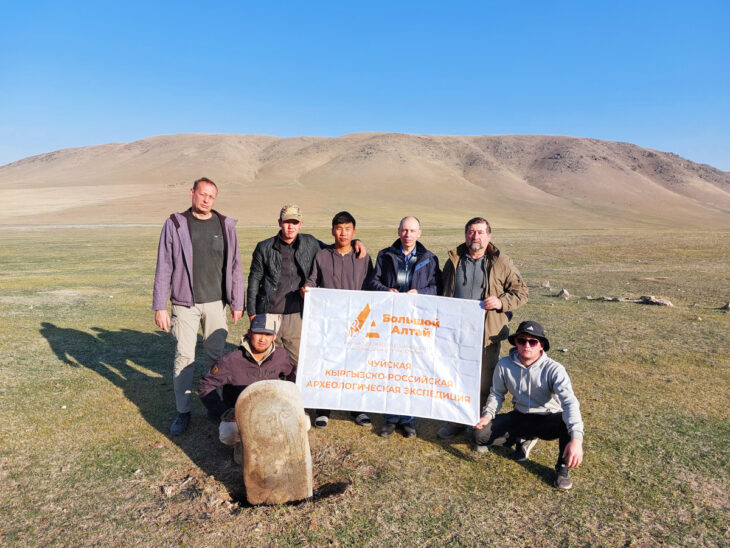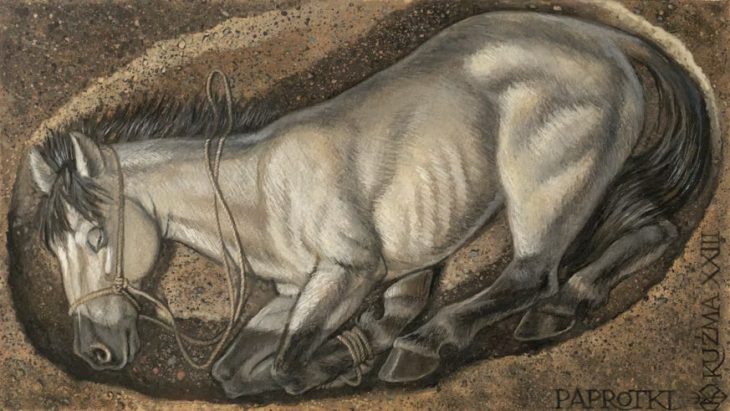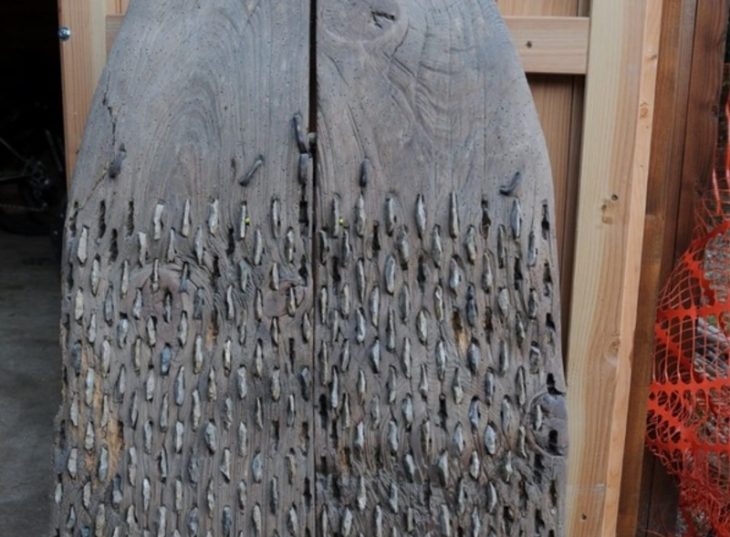Some of the Anatolian hieroglyphs discovered last year in the Yerkapı Tunnel in Hattusa, the former capital of the Hittite Empire, were deciphered.
Hattusha: the Hittite Capital is located in the Boğazkale District of Çorum Province, in Northern Central Anatolian. The remnants of the Hittite Capital date back to the Bronze Age, around 2000 BC. The site was added to the UNESCO World Heritage list in 1986.
In the famous Yerkapı Tunnel, which every visitor passes through in the Hattusa Ruins, 249 symbols of 3500 years were discovered. Some of the deciphered sections of Anatolian hieroglyphs (a form of writing consisting of about 500 signs) discovered last year, contain information about the person who built the tunnel.
The hieroglyphs contain the name and title of the individual in charge of the tunnel’s construction.
The inscriptions discovered last year by Associate Professor Dr. Bülent Genç, a faculty member of the Archaeology Department at Mardin Artuklu University, consist of 249 symbols drawn with root dye.
📣 Our WhatsApp channel is now LIVE! Stay up-to-date with the latest news and updates, just click here to follow us on WhatsApp and never miss a thing!!
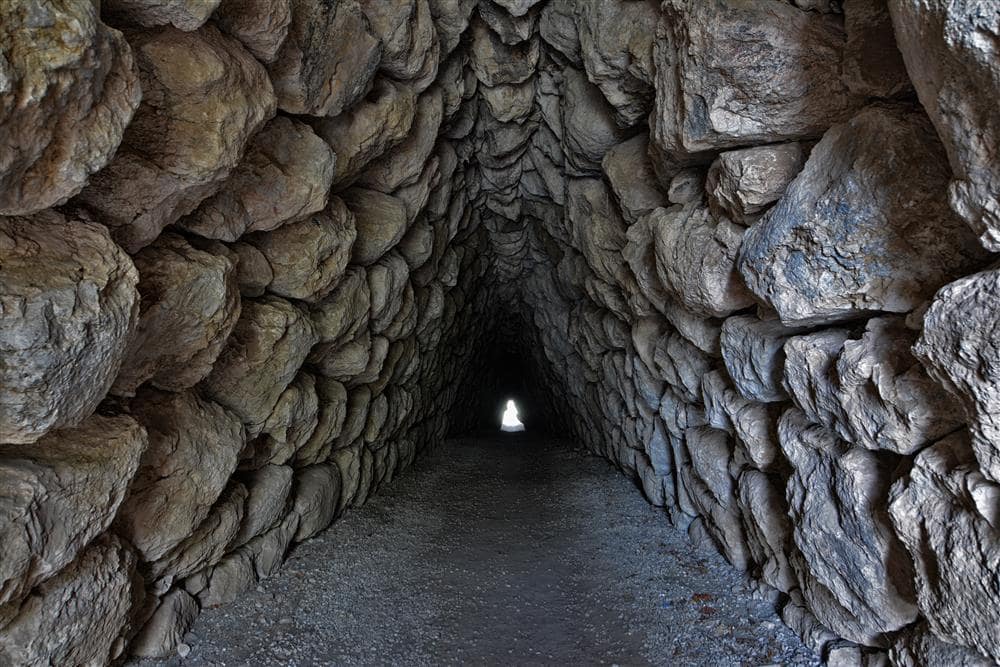
In the hieroglyphs found at the western and eastern ends of the tunnel, it is understood that a person named ‘Arişadu’ was responsible for the construction of the tunnel. This information is considered the most significant discovery regarding the tunnel’s construction.
There are also symbols for “Tuthaliya Mountain” and “road” in the hieroglyphs that can be seen on the western side of the tunnel. The combination of these symbols suggests that the tunnel was constructed as a road leading to Tuthaliya Mountain.
The head of the excavation, Prof Dr Andreas Schachner, drawing attention to the two sets of symbols on the western side of the tunnel: “One group has not yet been fully clarified, but the meaning of one group is clear. They have combined the symbols for ‘Tuthaliya Mountain’ and ‘road.’ We know about Tuthaliya Mountain from Hittite texts. Tuthaliya Mountain is a sacred mountain for the Hittites. It is so important that several kings took their royal names from there. The road symbol is believed to carry meanings such as ‘the road from Tuthaliya,’ ‘the road leading to Tuthaliya Mountain,’ or ‘the road passing through Tuthaliya Mountain’.”
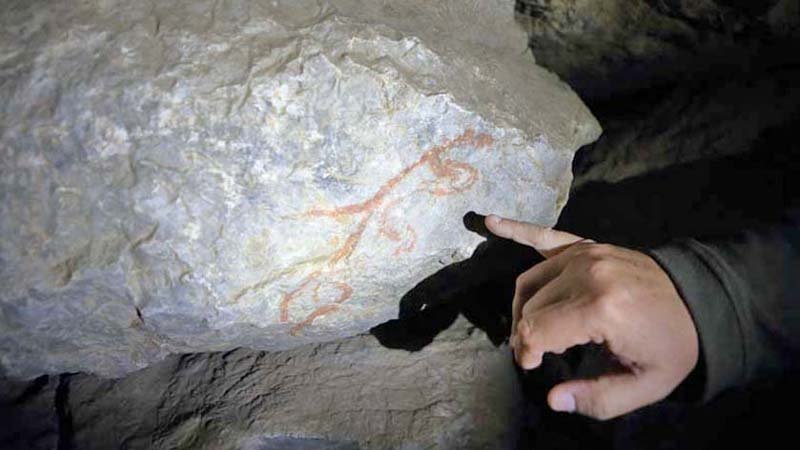
Due to the presence of these symbols in a tunnel, my hypothesis is whether we can associate Yerkapı with Tuthaliya Mountain or if there is an artificially constructed Tuthaliya Mountain, because from the outside, especially when viewed from the plains, Yerkapı is at the highest point of Hattusa and is therefore visible from all sides. It is located in a manner befitting a sacred place.
Prof. Dr. Andreas Schachner stated in his statement that the Anatolian hieroglyphs used in the construction of the tunnel provide important clues for understanding the Hittite era.”
Schachner stated, “These hieroglyphs appear as the signature, inscription, or an expression of ‘I did it’ by the person who built this tunnel. However, at the same time, we understand this; most likely, in the Hittite world, Anatolian hieroglyphs, this pictorial script, were much more widespread than cuneiform script.”
He also mentioned that Anatolian hieroglyphs were common in everyday life. “Cuneiform was more of an elite phenomenon, something used by the state, but with Anatolian hieroglyphs, we can anticipate various applications like everyday communication, city navigation signs, and many other things,” he said.

